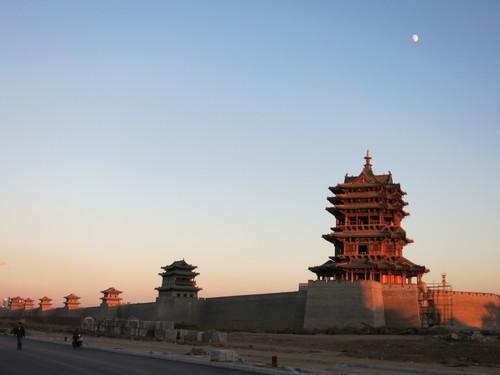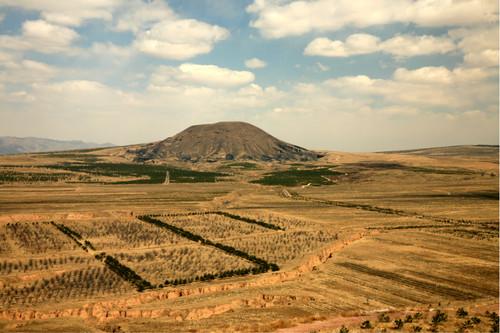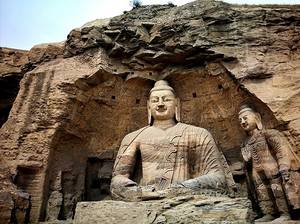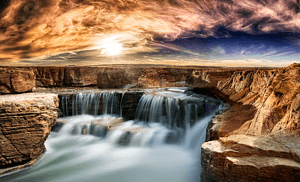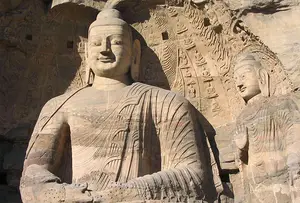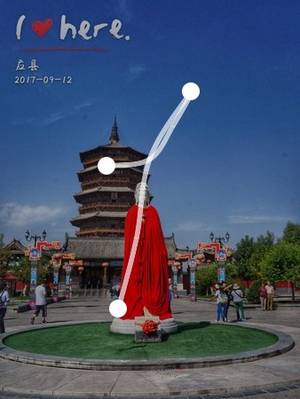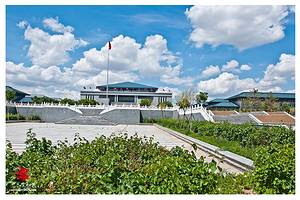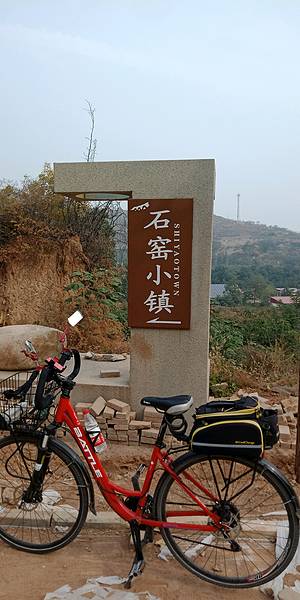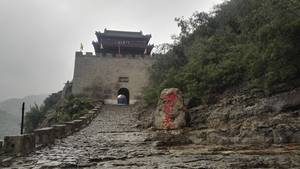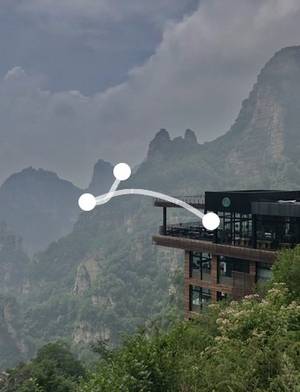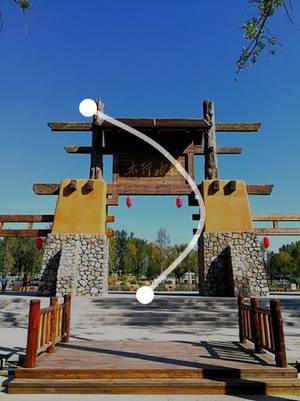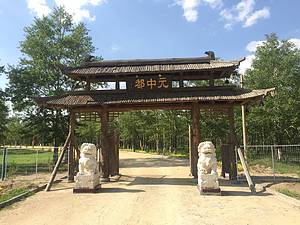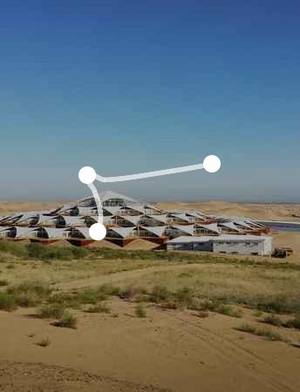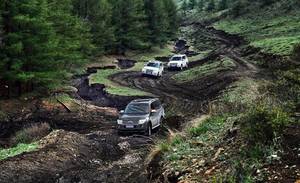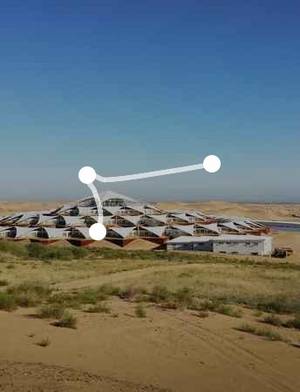3-day self-driving tour around Beijing (Exploring Shanxi with 5,000 years of scenic beauty)
2 cities |
5 attraction(s) |
total distance 140
km
 TIPS
TIPS
Day1
Day2
Day3
Day1: Datong
2 attraction(s) ·
38 km
1
The history of the construction of Datong City dates back a long time. As early as the Northern Wei dynasty, it had a large-scale city. In the early Ming dynasty, due to its strategic military position, General Xu Da expanded the city on the basis of the old city, creating the Datong Town seen today. The city walls of Datong, although damaged over time, still retain more than 70% of the original adobe walls. After 2008, the walls were repaired using the original technique, allowing people to see a relatively complete form of the city walls. The city walls of Datong not only look majestic during the day, but also display a stunning beauty when viewed from afar or upon the walls at night. The circular park below the city walls is filled with greenery and filled with the fragrance of flowers, giving a sense of being transported to another era.
38
km
2
Datong Volcanic Group is one of the Quaternary volcanic groups in China. It ceased erupting approximately 60,000 years ago. There are more than 30 known volcanoes, mainly distributed in the eastern part of the Datong Basin. They are divided into four regions: east, west, south, and north. Among them, the western region, located in the northeast of the current Datong County, has the densest and most spectacular volcanic cone landscapes. Their altitudes are mostly between 1100 meters and 1400 meters. They are mostly portrayed as imposing and mysterious, standing out like underworld ghosts, and the most famous ones are Jinshan, Heishan, Langwoshan, Gelaoshan, Shuanshan, Mataishan, Laohushan, and Haotiansi Mountain. There are more than 30 known volcanoes, mainly distributed in the eastern part of the Datong Basin, divided into four regions: east, west, south, and north. The east region is located around Xubao and Shengquansi. The west region refers to the Zhuayuan and Xiping North areas. The south region is south of the Sanggan River. The north region is the mountains north of Datong City.
Day2: Datong
2 attraction(s) ·
103 km
1
The Northern Wei royal family, which ruled over northern China at that time, concentrated the national skills, manpower, and resources to carve it out. It is one of the four major grottoes in our country.
103
km
2
Hengshan is the northern mountain among the "Five Great Mountains" and also a sacred site of Taoism. It is said that Zhang Guolao, one of the Eight Immortals, attained enlightenment through cultivation on Hengshan.
Day3: Xinzhou
1 attraction(s) ·
0 km
1
Mount Wutai is located in Wutai County, northeast of Shanxi province, with an average elevation of over 1000 meters. The highest point is Yedou Peak, with an elevation of 3058 meters, known as the "Roof of North China". With a radius of approximately 300 kilometers, Mount Wutai is named after its five peaks resembling five towering pillars. It is also known as Qingliang Mountain due to its cool climate, even in the hot summer. It is a tourist area that combines natural scenery, historical relics, ancient architecture, Buddhist culture, folk customs, and summer retreat.
